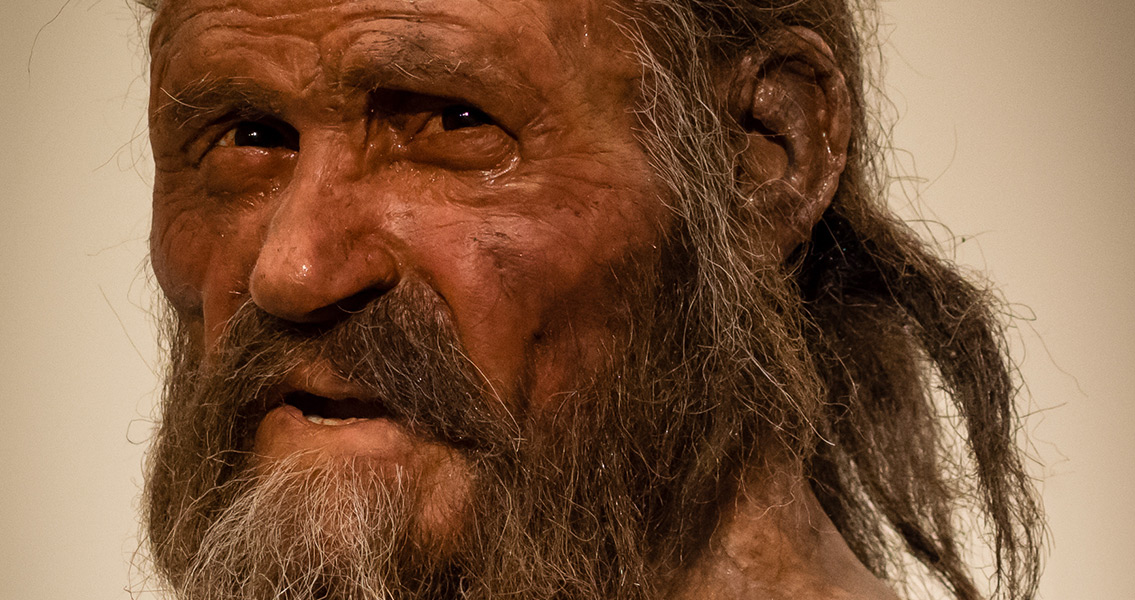<![CDATA[The famous European mummy, Otzi the Iceman, is back in the news with German researchers reporting they have identified his last meal, which appears to have been dried goat meat. The team of scientists, led by German expert Albert Zink, was able to dissect the contents of the mummy’s stomach and analyze the meat's nanostructure which revealed it to be a dried fatty meat, similar to bacon. The meal is believed to have come from the meat of a wild goat from the northern region of Italy known as South Tyrol, the same area Otzi inhabited and where his frozen remains were found in 1991. He was discovered in the Oetztal Alps (hence the nickname), mummified in ice 3,210 meters (10,500 feet) above sea level, by two German hikers. Since his discovery, he has been the subject of medical, paeleopathological and forensic research, including genomic sequencing, which has provided new data regarding prehistoric Europe for numerous academic and research disciplines from around the world. For example, research has been conducted into the evolution of particular organic artifacts to determine how modern diseases originated, to develop new diagnostic methodologies and to gather information on climate changes. Additionally, public interest in Otzi’s personal history, his life and his death has made him a prime example of successful interdisciplinary research. Research proposals are reviewed and approved by the Scientific Advisory Committee for the Iceman based on the quality and relevance of the proposed research, risk of damage, and ethical considerations. Otzi, who lived between 3359 BCE and 3105 BCE, was around 1.60 meters (5 feet - 3 inches) tall and weighed approximately 50 kilos (110 pounds) when he died sometime around the age of 45. His death was violent, having been shot with an arrow that severed a major blood vessel located between the left shoulder blade and rib cage, in addition to suffering a deep laceration on one of his hands. German mummy expert Albert Zink's team also discovered an ulcer-inducing bacteria in the Iceman’s body, which may have caused him to suffer from stomach aches. Despite the parasites, the bad teeth and the worn ligaments, he is still considered to have been in pretty good shape. As Europe's oldest human mummy, Otzi has provided researchers an unprecedented view into the lives of Chalcolithic Europeans. The Chalcolithic period lasted from 3500 BCE until 1700 BCE approximately. It marks the first appearance of significant economic division, and possibly the earliest Indo-European speakers as well. During this time the economy has moved away from isolated local tribes and peasant populations to include social interaction and the trade of materials that were produced at a specific location and then distributed throughout the region. In several areas, metal and stone mining (and in some cases processing the materials into goods) were especially developed. The body and belongings of Otzi the Iceman are on display at the South Tyrol Museum of Archaeology in Bolzano, South Tyrol, Italy. The new research has been published in the magazine Science. ]]>
Researchers Discover Otzi the Iceman’s Last Meal
